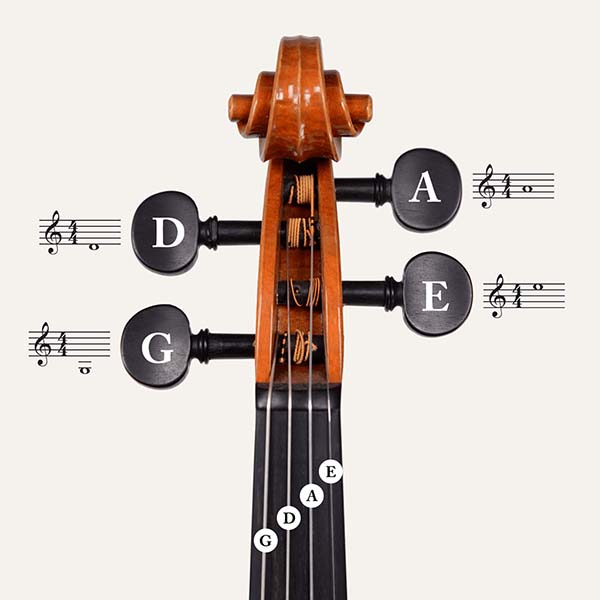As a katana blade is an extension to the samurai; the violin bow is the arm of the violinist. The bow contributes immensely to the response, tone, and dynamics of the violin.
Elements of The Bow
Balance
Balance is determined by the consistency of the wood and the workmanship of shaping and carving of the stick. The ideal fulcrum point is ¼ of the length of the stick from the frog.
Weight
Most violin bows are around 60g with some going as low as 52-54g. The lighter the stick, the less effort to hold and as a result, better control over the bow. Some players want more weight to get more power but, for most lighter is preferred. The quality of the wood is certainly measured by weight and also buoyancy. The finer bowmakers sometimes use tanks with different concentrations of salt to quickly and accurately grade the wood. A stronger quality wood stick can be made thinner and lighter weight while still maintaining strength and flexibility.
Strength
With the numerous techniques of playing violin the bow has such an influential role in the performance; détaché, staccato, flying ctaccato, sautillé, saccadé, martele, ricochet, chopping. All these techniques can be made easier and more efficient with a strong bow. If the stick is too soft it can cause a number of issues; Hit too hard and you can bottom out as the stick hits the strings. A resilient stick not only allows for more power but, also more accurate force. You will play with better articulation, accuracy and speed.
Tone & Response
Like the violin, the quality of wood determines a number of attributes including tone but also response. This term describes the quality and speed of vibration throughout the bow. We have a video of a comparison of two pernambucco bows of the same model. One bow is a dead stick, however. Wood is an organic medium and can look normal on the outside but can lack the proper cell structure or have too much sap in the wood which brings vibration to a standstill. You can hear a profound difference in tone and projection with the same violin.
Carbon Bows have been in the spotlight of the bow world as a result of low cost, stability and surprisingly good performance. Like any other popular product, there is a mixed bag of value and quality depending on the brand. Thankfully the best option for most players is our own Fiddlerman Carbon Bow. Less than $70 bucks it’s popular for good reason, rivaling many carbon models and other wood bows at 2-3 times the price.
The next step up for carbon would be Arcus carbon bows, starting at $1K+ for discerning players that want a very climate stable, high performance bow in a wide selection of finely engineered model lines from that vary in weight, balance and tone.
The unique qualities in wood weigh heavily in the tone and response characteristics of both the violin and the bow. The most common woods used are brazil wood, sandalwood ipe wood and the highly regarded Pernambuco wood. Carbon bows can match or surpass the performance of many wood bows but will rarely achieve the full potential of a quality pernambuco bow.
A quality modern pernambucco bow starts around $300+ because of its superior performance and tonal qualities in addition to limited access to the lumber as it’s a regulated and a protected tree. Just like violins you are paying for different grades of wood. our Holstein Pernambuco bows are graded by stars and our favorite is the 2 star bow for its outstanding strength and resonance.







